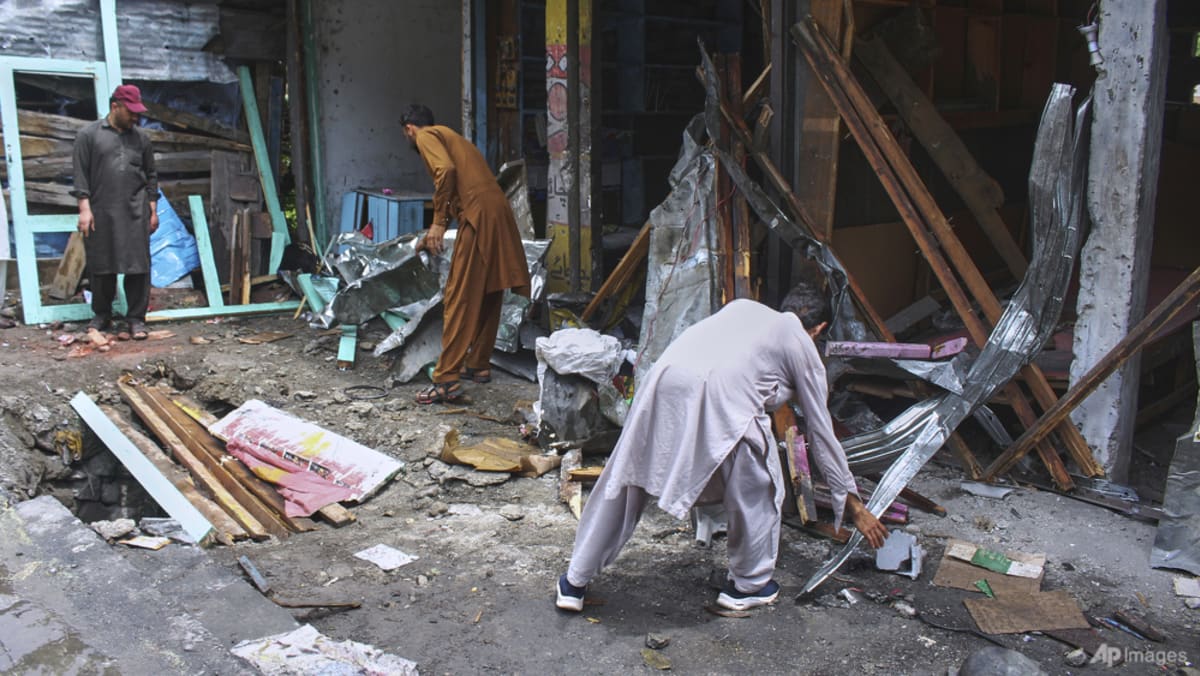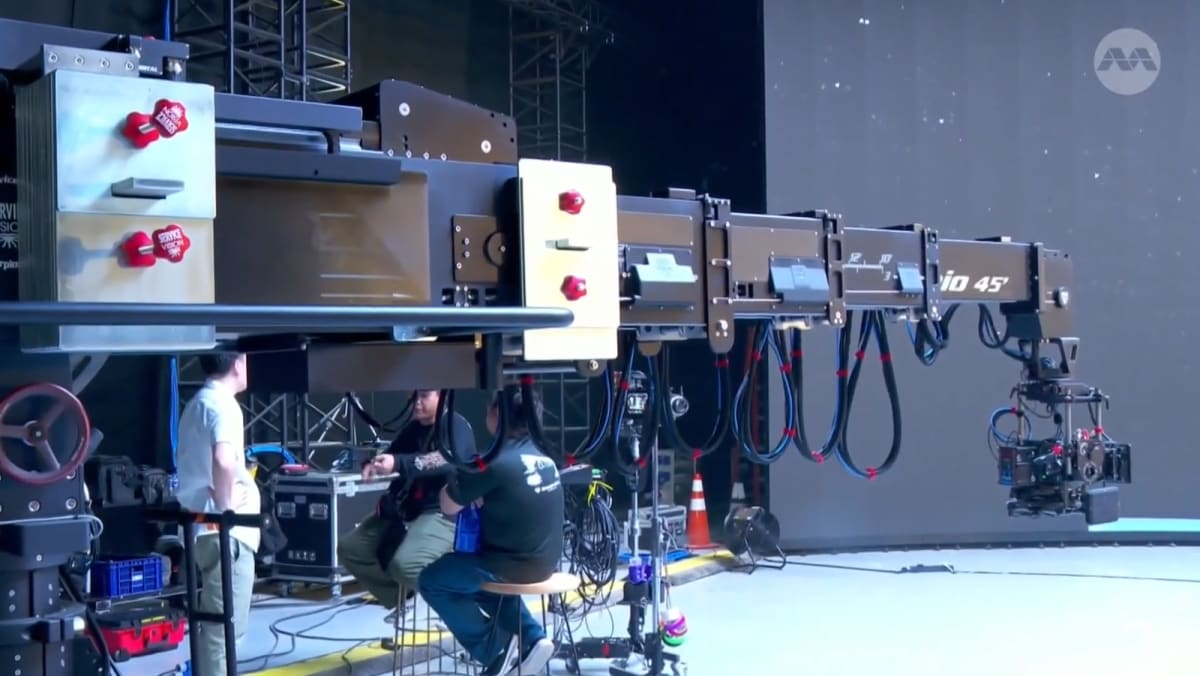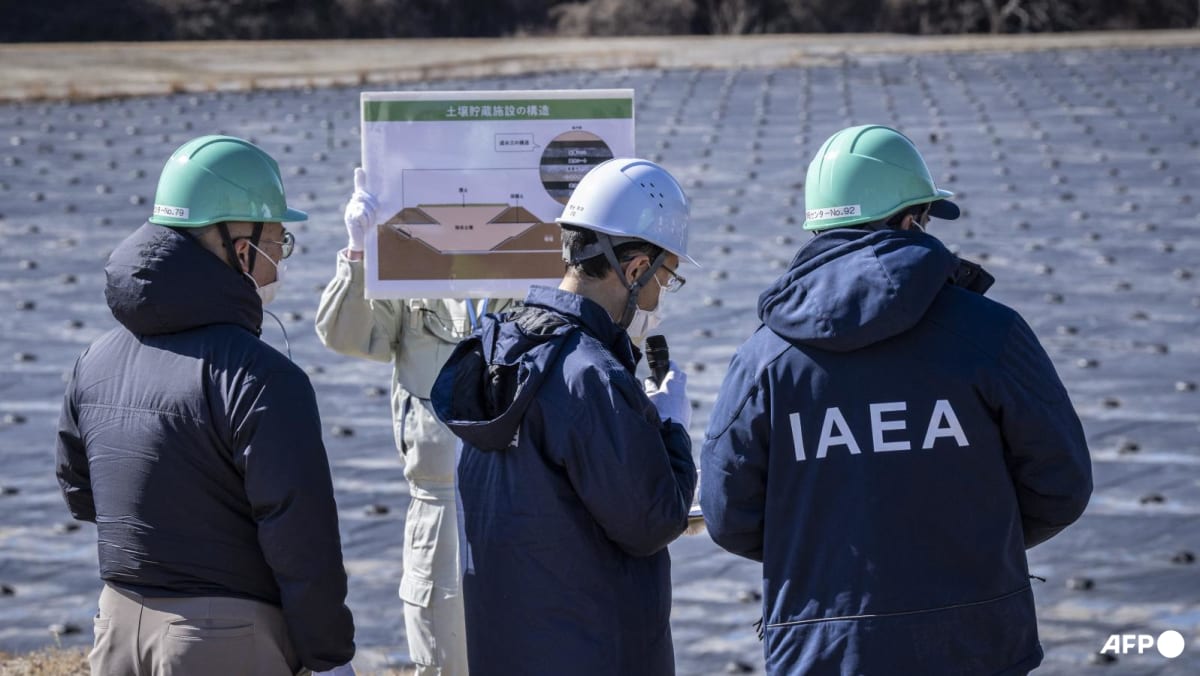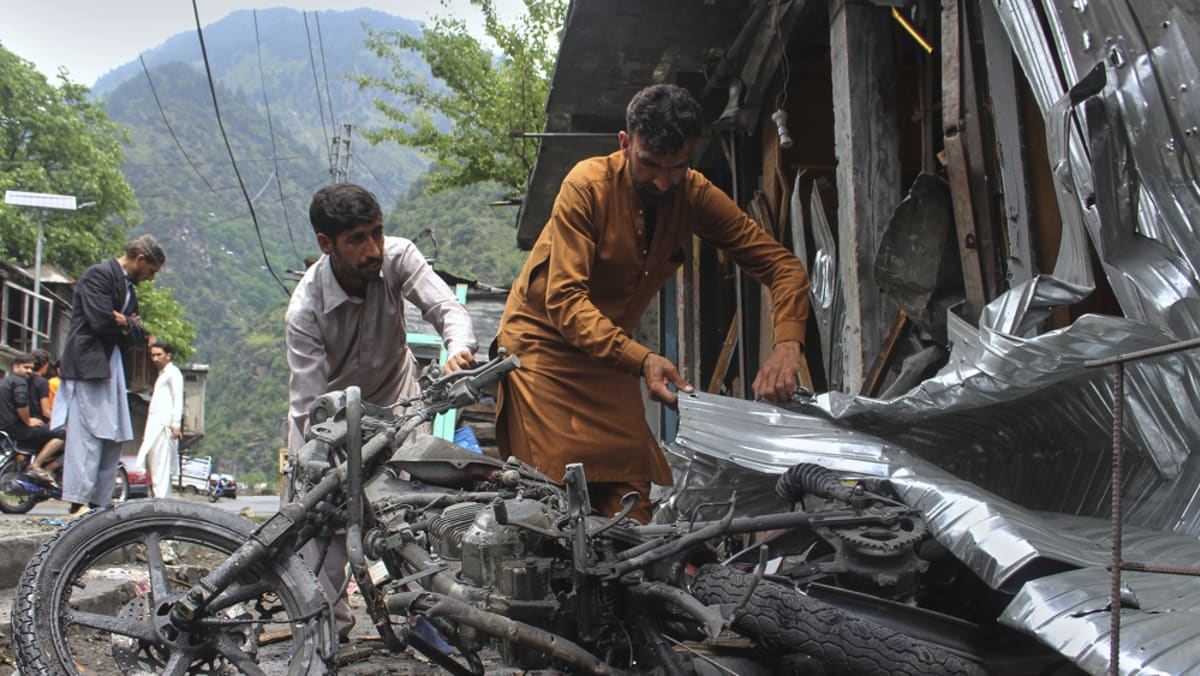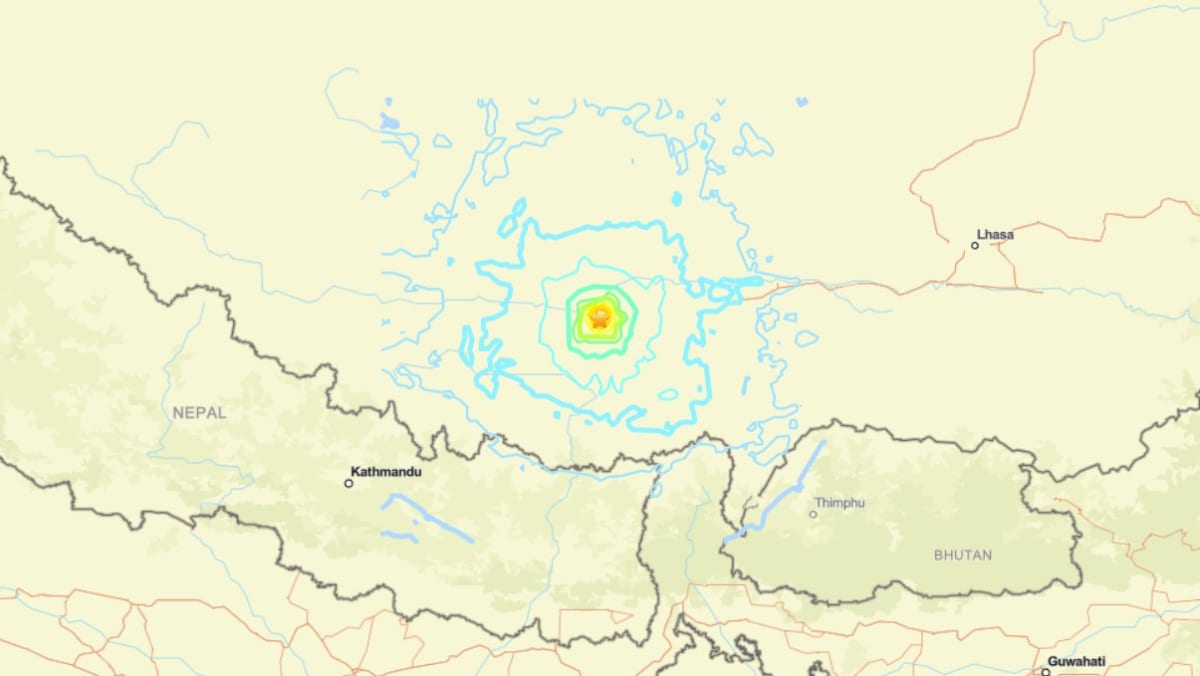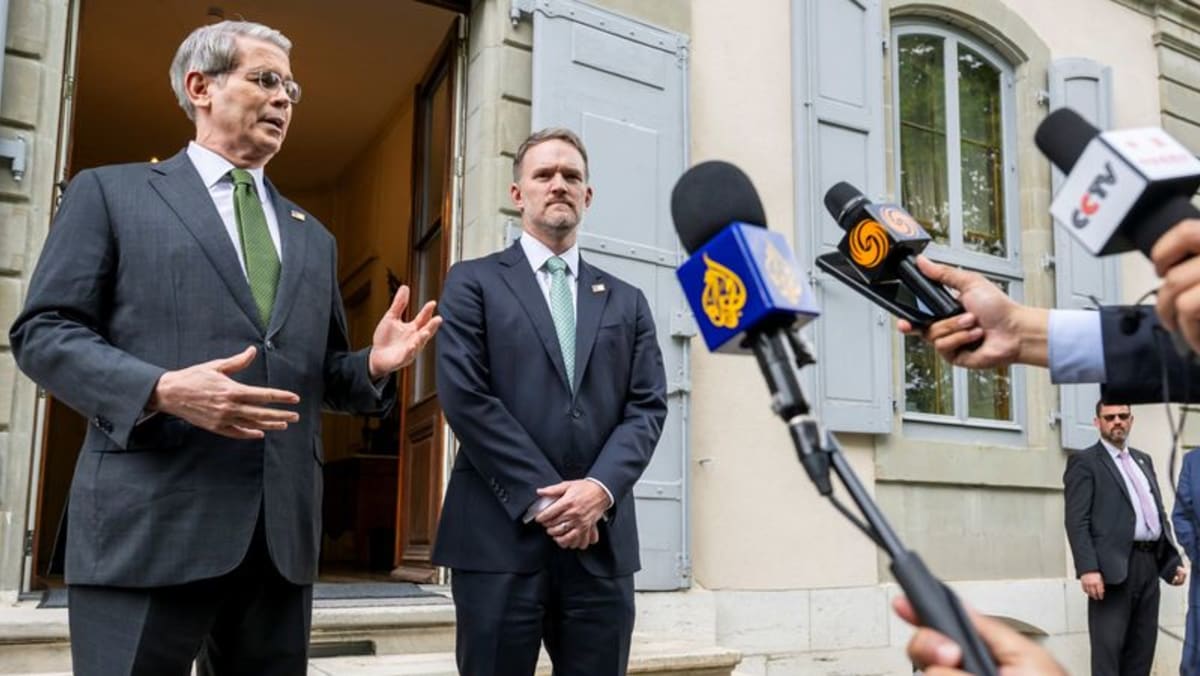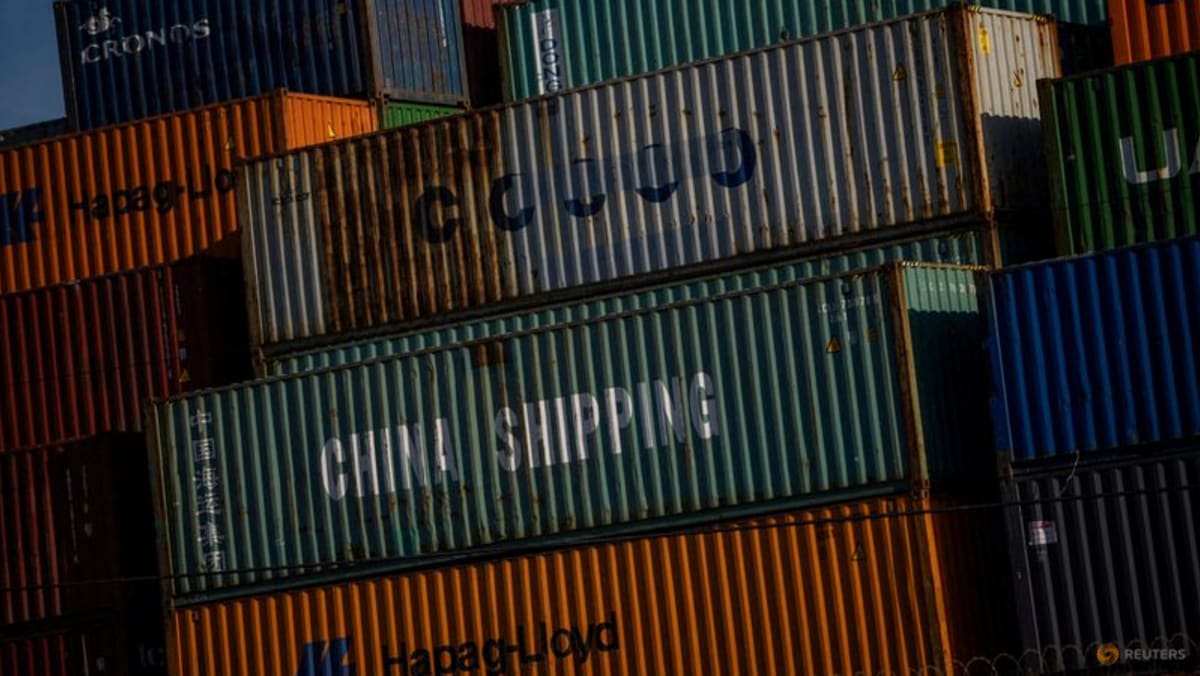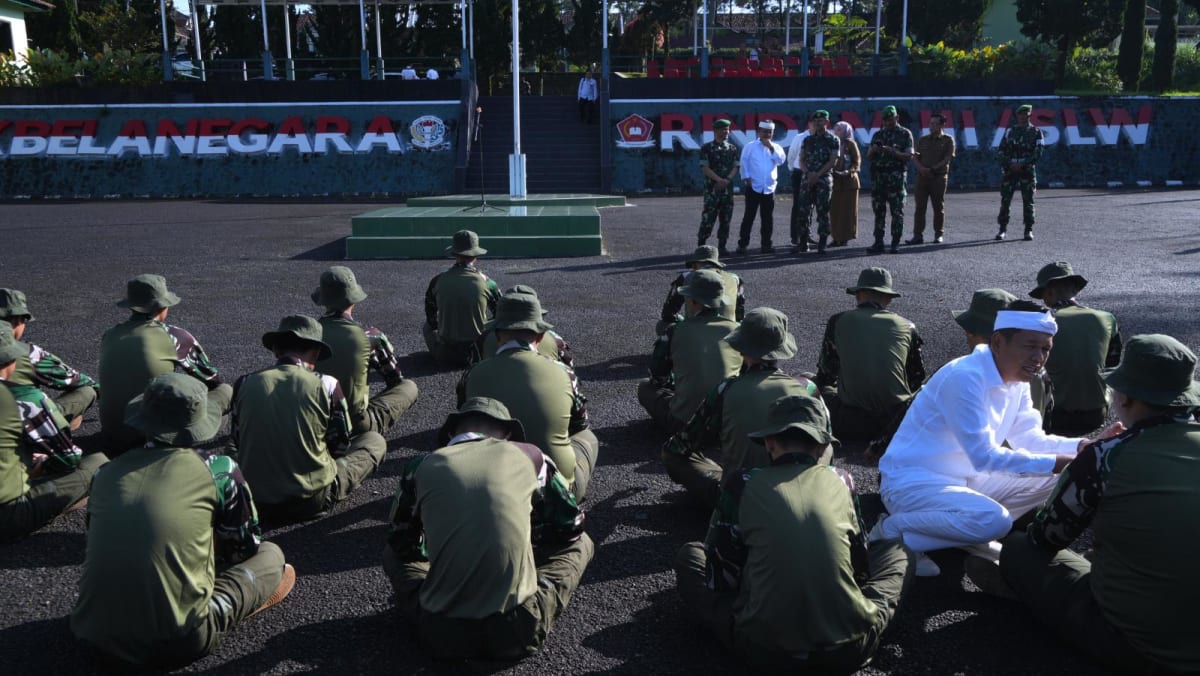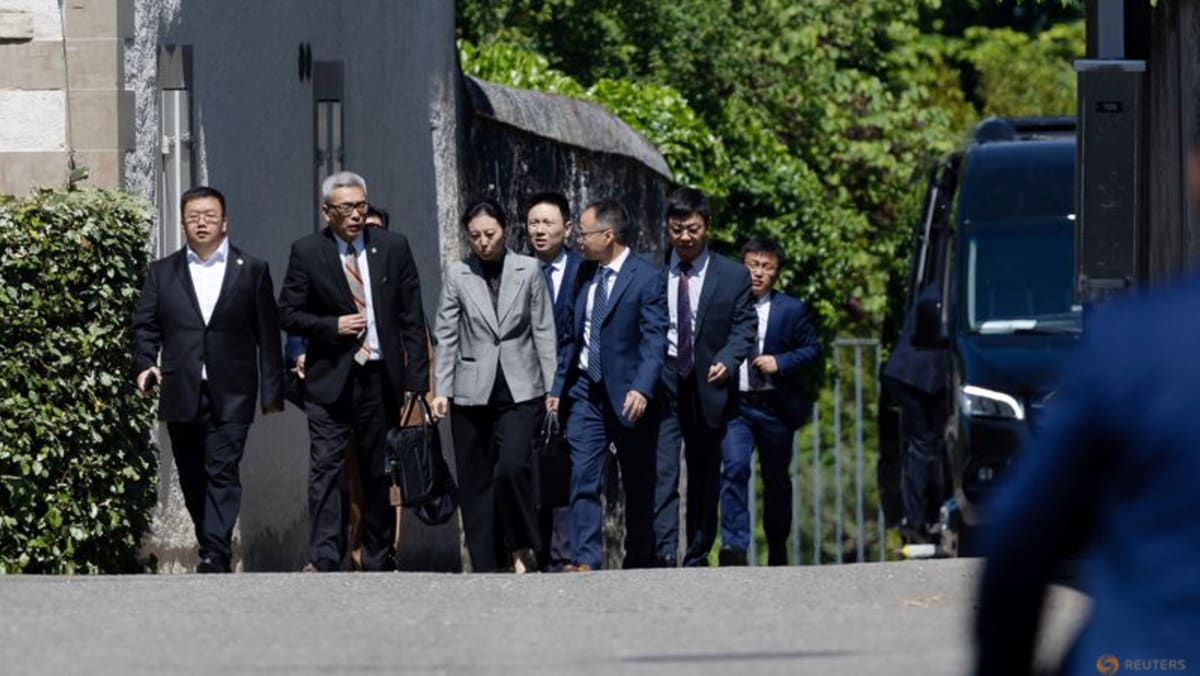FUKUSHIMA DAIICHI NUCLEAR POWER PLANT, Japan: The United Nations nuclear watchdog chief visited Japan’s stricken Fukushima plant on Wednesday (Feb 19), the day after Tokyo approved an energy plan that marks a return to nuclear power to meet growing demand for AI.
The International Atomic Energy Agency (IAEA) is monitoring Japan’s efforts to decommission the Fukushima Daiichi plant after a 2011 earthquake-triggered tsunami killed 18,000 people and set off the worst nuclear disaster since Chernobyl.
As IAEA head Rafael Grossi arrived in Japan on Tuesday, the cabinet adopted a plan to increase reliance on nuclear power to help meet growing energy demand from artificial intelligence and microchip factories.
“At a moment where Japan is embarking on a gradual return to nuclear energy in its national energy mix, it is important that this is also done in complete safety and with the confidence of the society,” Grossi said after meeting the foreign minister.
Japan had previously vowed to “reduce reliance on nuclear power as much as possible”.
But this pledge was dropped from the latest Strategic Energy Plan – which includes an intention to make renewables the country’s top power source by 2040.
Under the plan, nuclear power will account for around 20 per cent of Japan’s energy supply by 2040, up from 5.6 per cent in 2022.
CONTAMINATED SOIL
The shift back to nuclear comes as Japan contends with how to remove around 880 tonnes of radioactive debris from the Fukushima Daiichi reactors.
So far, only one tiny sample has been retrieved by a robotic claw.
Grossi, making his fifth visit to Fukushima, viewed the vast “interim” contaminated soil storage facilities near the plant for the first time.
Around 13 million cubic metres of soil – enough to fill 10 stadiums – was scraped from the region to remove harmful radiation. Around 300,000 cubic metres of ash from incinerated organic material is also being stored.
On Wednesday, AFP reporters saw trucks and construction vehicles going back and forth between several spots where hundreds of large soil-filled black bags were stacked, some thinly covered by snow.
Japan plans to recycle roughly 75 per cent of the soil – the portion with low radioactivity – for building projects such as road and railway embankments.
The remaining material will be disposed of outside the Fukushima region ahead of a 2045 deadline.
“In terms of the timing, which has been, of course, set by law for 2045, we believe that it is not unrealistic. It can be done,” Grossi told reporters on Wednesday.

